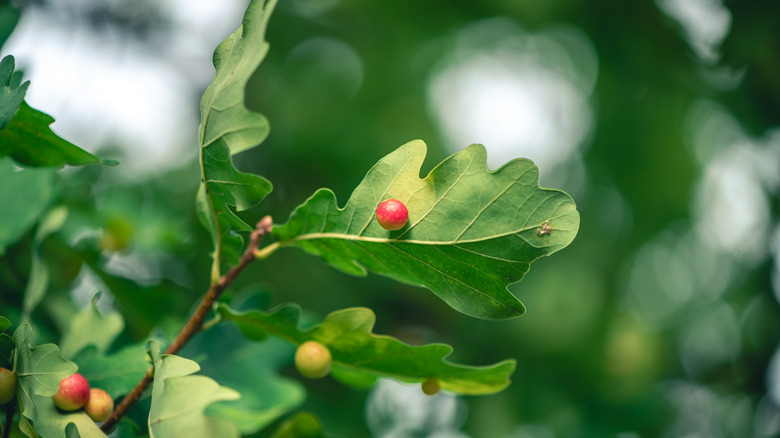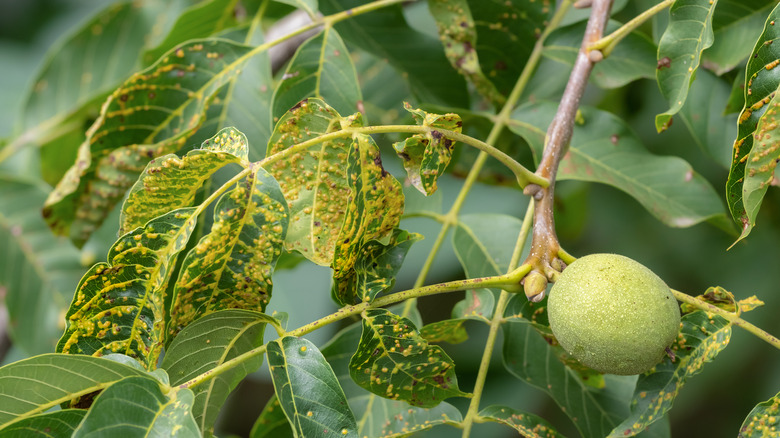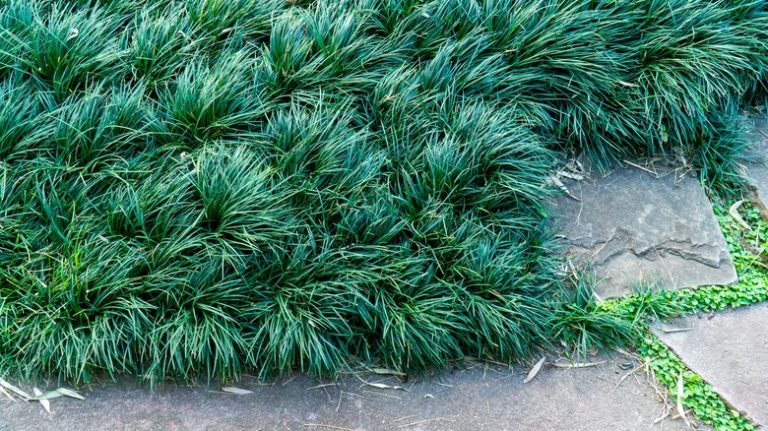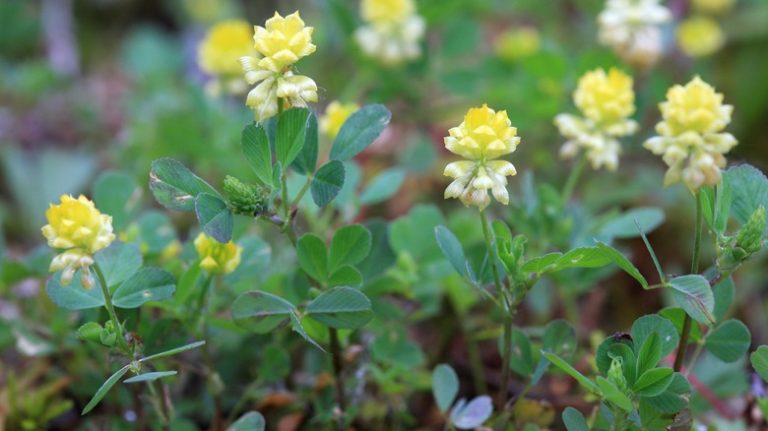Have you ever noticed a tumor-like growth on a tree or plant when strolling through your yard? Well then, you’ve discovered another one of nature’s wonders: a tree gall. These are abnormal growths or swelling on trees’ leaves, stems, or branches caused by various organisms such as insects, mites, fungi, bacteria, or viruses. These growths can manifest in diverse shapes, sizes, and colors, ranging from small nodules to large, intricate structures. Galls are essentially the tree’s response to the foreign presence of these organisms.
The formation of a gall begins when a specific organism, known as the gall-maker, induces the tree to produce chemicals and hormones in response to its presence. These substances stimulate the plant cells to multiply rapidly, creating the distinctive, abnormal growth. Galls serve as a protective environment for the gall-maker, providing shelter and nutrients. Different types of galls are associated with different gall-makers. Insect-induced galls are particularly common, with wasps, aphids, and mites being frequent culprits. The tree’s reaction to these invaders results in the development of specialized structures within the gall, which may house the immature stages of the gall-maker or serve as a nutrient source.
While galls might appear alarming, they typically do not cause significant harm to the overall health of mature trees. However, in certain cases, severe infestations can lead to reduced vitality in diseased trees. Nevertheless, in specific instances, removing these unsightly infections may be better for the tree’s overall health.
When and how to remove tree galls

The decision to remove tree galls depends on various factors, and generally, it is not necessary for the overall health of mature trees. However, there are instances where removal may be considered. If the galls cause severe deformities, hinder photosynthesis by blocking sunlight, or lead to extensive leaf drop – removal might be beneficial. Additionally, if a tree is young, stressed, or experiencing repeated infestations, it could be more susceptible to damage. Additionally, infected branches or twigs could become hazardous if they fall from the tree, so removing the heavily infected sections may be a good idea to avoid this danger.
When removing tree galls to preserve the tree’s health, follow a careful process. First, assess the extent of infestation and identify affected branches or leaves. Prune the affected parts using sterilized pruning tools to prevent the spread of disease. Make cuts just beyond the gall, about 8 inches or so, ensuring clean and smooth edges. Dispose of the removed material properly to avoid contaminating other areas. After pruning, monitor the tree for any signs of regrowth or recurrence. Implement cultural practices, such as maintaining optimal watering and fertilization, to enhance the tree’s resilience. If the infestation persists, consult a professional arborist for guidance on more advanced treatment options, such as targeted insecticide application. Regular inspection and timely action can help maintain the tree’s vitality and prevent the spread of galls.
Avoid removing tree galls

Fortunately, for many trees, galls do not necessitate removal and exist non-threateningly on your tree or shrub, only appearing more obvious in winter months — when foliage is thinner. In most cases, removing tree galls isn’t always the best idea, and there are situations where it’s perfectly fine to let them be. If the galls are small, localized, and not causing any noticeable harm to the tree, it’s best to leave nature to its own devices. Additionally, removing the galls might be unnecessary if the tree is mature and shows no signs of stress.
While galls aren’t usually harmful, they can be rather ugly, especially if they’re on the larger side. It may be tempting to prune them in these cases. But keep in mind removing galls when it’s not warranted or making mistakes while pruning can do serious damage. Also, this is likely an impractical endeavor for large trees with many galls. Moreover, another typical response would be to douse the tree in insecticides to prevent the spread or growth of further galls. Soaking a tree in insecticides will actually provide more harm than good for your tree and the surrounding environment. Additionally, there isn’t much evidence to indicate that these measures will affect any meaningful change in the formation or spread of galls either, so the benefits do not outweigh the costs in this case. In this way, they’re best left alone in most scenarios.



